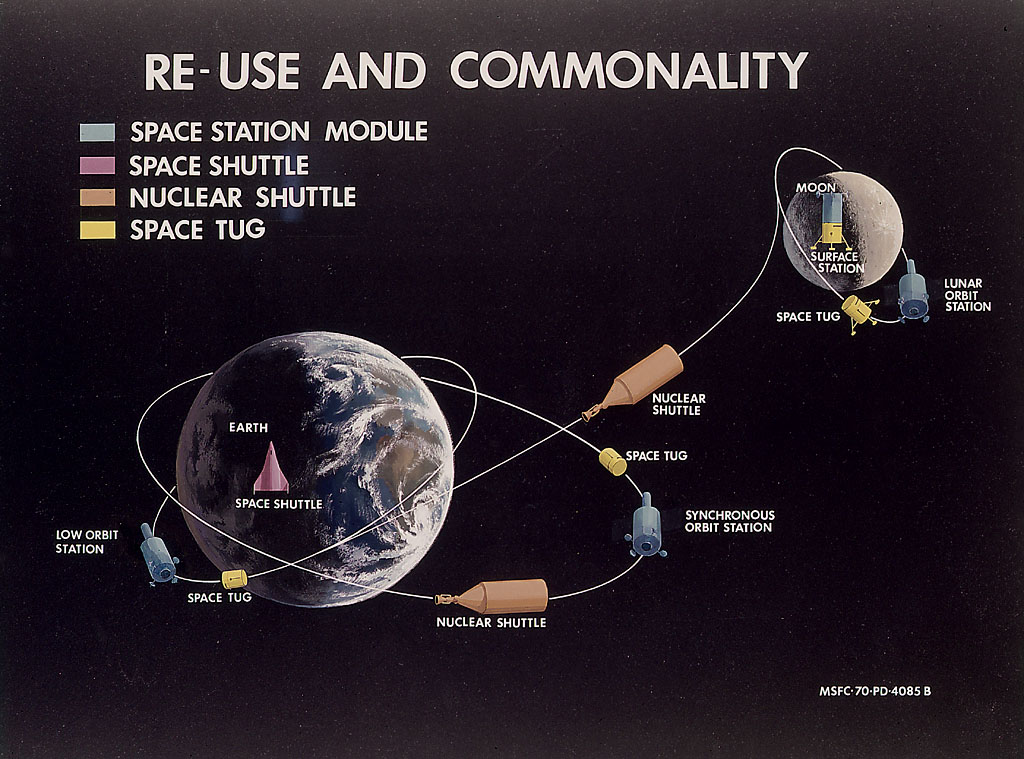10 Advantages and 10 Disadvantages of Nuclear Rocket Engines

Advantages of Nuclear Rocket Engines:
-
Exceptional Efficiency: Nuclear rocket engines offer significantly higher specific impulse (Isp) compared to chemical rockets, allowing for faster and more efficient space travel.
-
Reduced Travel Time: Nuclear rockets can dramatically reduce the time required for interplanetary or interstellar travel, making distant exploration missions more feasible.
-
Increased Payload Capacity: The high energy density of nuclear fuel enables nuclear rockets to carry larger payloads, including crewed missions, scientific instruments, and equipment.
-
Extended Mission Duration: Nuclear propulsion can provide continuous thrust, enabling long-duration missions to destinations like Mars or outer planets without needing frequent refueling.
-
Versatility: Nuclear thermal rockets can use a variety of propellants, including hydrogen, making them adaptable to different mission requirements.
-
Improved Safety: Nuclear rockets can operate efficiently at a safe distance from Earth, minimizing the risks associated with launching nuclear material from the planet's surface.
-
Sustainability: Nuclear propulsion reduces the reliance on Earth's resources for deep space exploration, making it a more sustainable option for future missions.
-
Reduced Radiation Exposure: Crewed spacecraft using nuclear propulsion can minimize radiation exposure by spending less time in space, thanks to shorter travel times.
-
Enhanced Scientific Research: Nuclear propulsion enables missions to distant celestial bodies, facilitating scientific research and exploration of the solar system and beyond.
-
Potential for Human Colonization: Nuclear rockets could play a crucial role in establishing permanent human colonies on other planets or celestial bodies.
Disadvantages of Nuclear Rocket Engines:
-
Safety Concerns: Nuclear propulsion systems pose inherent safety risks, especially in the event of accidents or malfunctions, potentially releasing radioactive material into space.
-
Regulatory Hurdles: Developing, testing, and launching nuclear rockets involve complex regulatory and international agreements to ensure safety and prevent space debris.
-
Environmental Impact: Concerns about the environmental impact of nuclear propulsion, including the potential for nuclear contamination in space, must be addressed.
-
High Development Costs: The research, development, and construction of nuclear rocket engines can be prohibitively expensive, requiring significant financial investments.
-
Public Perception: The public may be hesitant to accept nuclear propulsion due to safety concerns and the stigma associated with nuclear technology.
-
Limited Launch Sites: The specialized infrastructure required for launching nuclear-powered spacecraft restricts launch locations, potentially limiting mission flexibility.
-
Technical Challenges: Designing and building nuclear reactors that can withstand the harsh conditions of space and operate reliably is a complex engineering challenge.
-
Weight and Size Constraints: Nuclear reactors and shielding add weight to spacecraft, which can impact payload capacity and overall mission design.
-
Radioactive Waste: Nuclear rockets produce radioactive waste, and the management and disposal of this waste in space or on celestial bodies present logistical challenges.
-
Political and Ethical Concerns: The use of nuclear propulsion in space raises political and ethical questions regarding the militarization of space and the potential for nuclear arms races beyond Earth's atmosphere.

